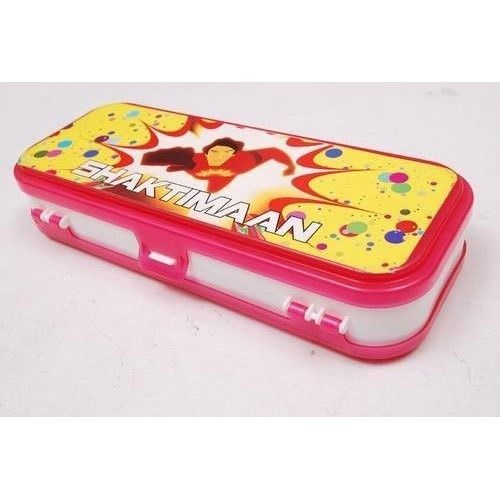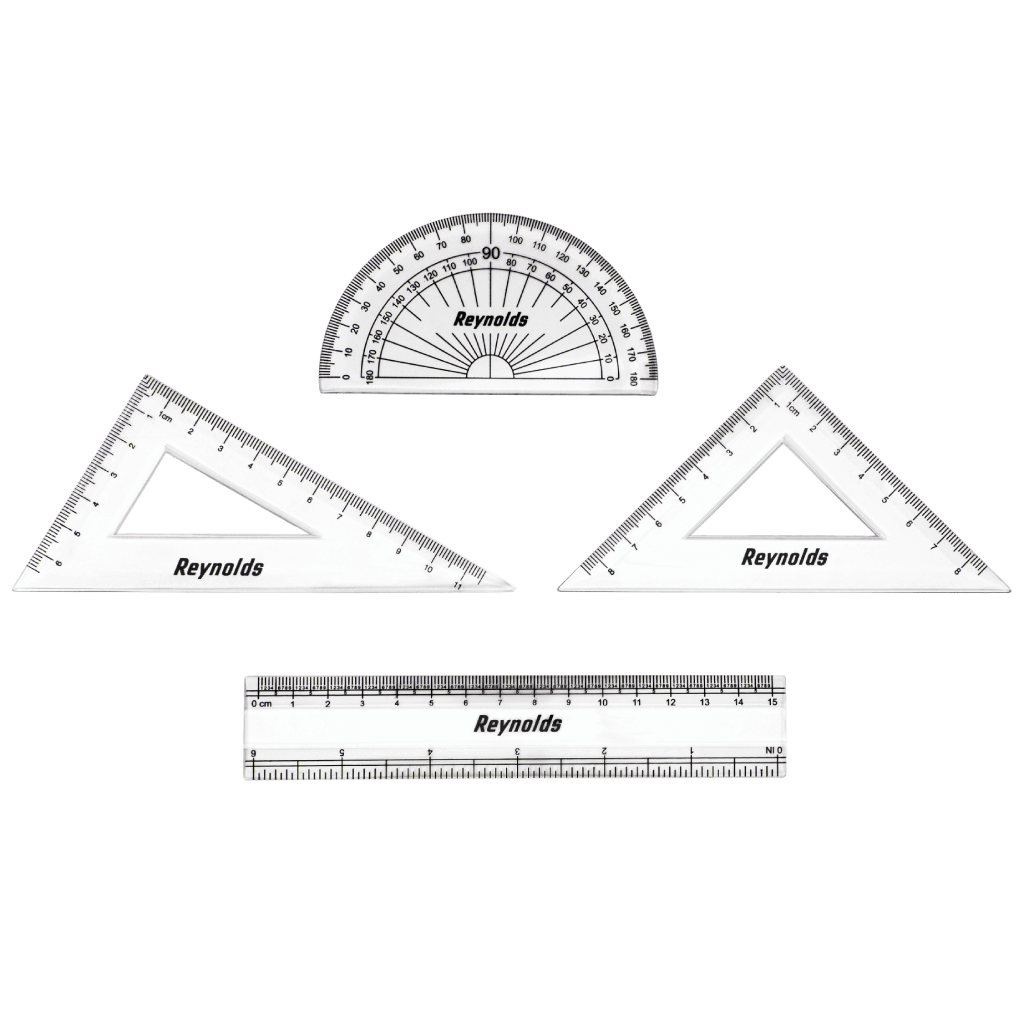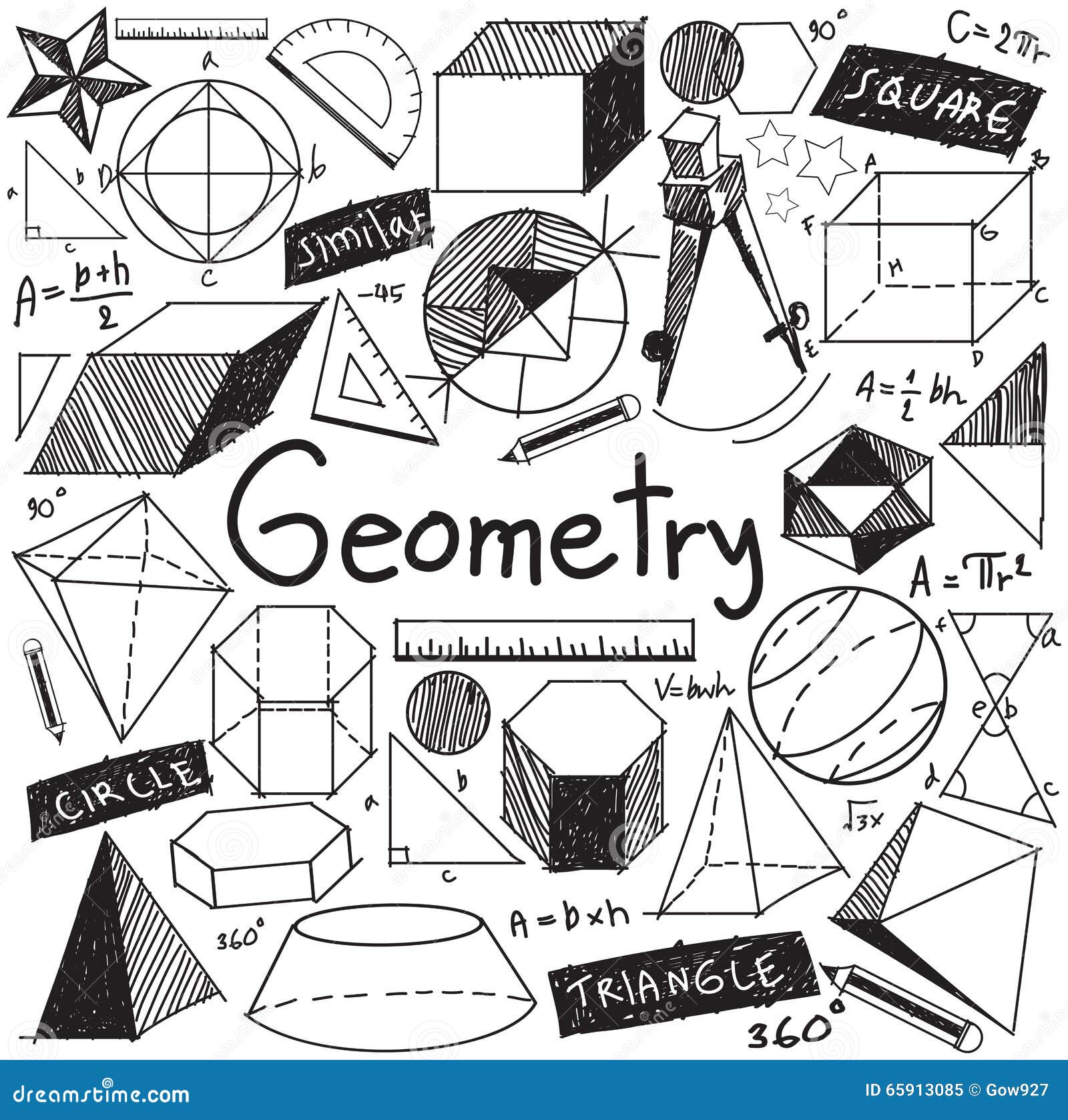What is a white geometry box?
A white geometry box is a three-dimensional shape composed of six square faces. It is one of the five Platonic solids, which are regular polyhedra with congruent faces. The white geometry box is also known as a cube.
The cube is a versatile shape with many applications in mathematics, science, and engineering. It is often used to represent three-dimensional objects in computer graphics and simulations. The cube is also a popular shape for puzzles and games, such as the Rubik's Cube.
Read also:A Deep Dive Into The Life And Legacy Of Cheryl Crane And Her Wife
The cube has a number of important properties. It is a symmetric shape, meaning that it looks the same from all sides. The cube also has a high degree of symmetry, meaning that it can be rotated and flipped in many different ways without changing its appearance.
The cube is a fascinating and important shape with a wide range of applications. It is a valuable tool for mathematicians, scientists, and engineers, and it is also a popular shape for puzzles and games.
white geometry box
A white geometry box, also known as a cube, is a three-dimensional shape with six square faces. It is one of the five Platonic solids, which are regular polyhedra with congruent faces.
- Faces: 6 square faces
- Edges: 12 edges
- Vertices: 8 vertices
- Symmetry: High degree of symmetry
- Volume: s, where s is the length of a side
- Surface area: 6s, where s is the length of a side
- Applications: Mathematics, science, engineering, puzzles, games
The cube is a versatile shape with many important properties. Its high degree of symmetry makes it a useful tool for mathematicians and scientists. The cube's volume and surface area formulas are also important in many applications. The cube is also a popular shape for puzzles and games, such as the Rubik's Cube.
In addition to the key aspects listed above, the cube has a number of other interesting properties. For example, the cube is the only regular polyhedron that can tessellate three-dimensional space. The cube is also the only regular polyhedron that can be dissected into two congruent cubes.
The cube is a fascinating and important shape with a wide range of applications. It is a valuable tool for mathematicians, scientists, and engineers, and it is also a popular shape for puzzles and games.
Read also:Find Your Icloud Devices Quickly And Easily With Icloudcomfind
1. Faces
The fact that a white geometry box has 6 square faces is one of its defining characteristics. It is this property that gives the cube its distinctive shape and many of its useful properties.
The six square faces of the cube are all congruent, meaning that they are all the same size and shape. This makes the cube a very symmetrical shape, which has many applications in mathematics, science, and engineering.
For example, the cube's high degree of symmetry makes it a useful tool for representing three-dimensional objects in computer graphics and simulations. The cube's volume and surface area formulas are also important in many applications, such as architecture and engineering.
In addition to its mathematical and scientific applications, the cube is also a popular shape for puzzles and games. For example, the Rubik's Cube is a puzzle that challenges players to rotate the cube's faces in order to match the colors on each side. The cube's unique shape and properties make it a challenging and addictive puzzle.
Overall, the fact that a white geometry box has 6 square faces is a key factor in its usefulness and popularity. This property gives the cube its distinctive shape and many of its valuable properties.
2. Edges
The edges of a white geometry box, also known as a cube, are the line segments that connect the vertices of the cube. There are 12 edges in total, each of which connects two vertices.
- Length of edges: The length of the edges of a cube is equal to the side length of the cube. For example, if the side length of a cube is 10 cm, then the length of each edge will be 10 cm.
- Parallel edges: The edges of a cube are parallel in pairs. For example, the four edges that connect the top and bottom faces of the cube are all parallel to each other.
- Concurrent edges: The edges of a cube meet at the vertices of the cube. For example, the three edges that meet at each vertex of the cube are all concurrent.
- Symmetry: The edges of a cube are symmetrically arranged. For example, the cube has three pairs of opposite edges that are parallel to each other.
The edges of a white geometry box are important because they determine the shape and size of the cube. The length of the edges also determines the surface area and volume of the cube. The symmetry of the edges is important for many applications, such as in architecture and engineering.
3. Vertices
The vertices of a white geometry box, also known as a cube, are the points where the edges of the cube meet. There are 8 vertices in total, each of which is the meeting point of three edges.
- Location of vertices: The vertices of a cube are located at the corners of the cube. For example, if a cube has a side length of 10 cm, then the vertices will be located at the points (10, 10, 10), (10, 10, 0), (10, 0, 10), (10, 0, 0), (0, 10, 10), (0, 10, 0), (0, 0, 10), and (0, 0, 0).
- Symmetry: The vertices of a cube are symmetrically arranged. For example, the cube has three pairs of opposite vertices that are parallel to each other.
- Applications: The vertices of a cube are important for many applications, such as in architecture and engineering. For example, the vertices of a cube can be used to determine the location of the center of the cube and to calculate the volume and surface area of the cube.
The vertices of a white geometry box are important because they determine the shape and size of the cube. The location and symmetry of the vertices are also important for many applications.
4. Symmetry
A white geometry box, also known as a cube, is a three-dimensional shape with six square faces. One of the most defining characteristics of a cube is its high degree of symmetry.
Symmetry refers to the balanced distribution of elements within a shape or object. In the case of a cube, its symmetry is evident in the way its faces, edges, and vertices are arranged.
The cube has three axes of symmetry, which pass through the center of the cube and intersect at right angles. This means that the cube can be rotated or flipped in any direction, and it will still look the same.
The high degree of symmetry in a white geometry box is important for several reasons. First, it makes the cube a very stable shape. The cube's weight is evenly distributed throughout its structure, which makes it resistant to toppling or deformation.
Second, the cube's symmetry makes it a useful tool for representing three-dimensional objects in computer graphics and simulations. The cube's simple, symmetrical shape makes it easy to manipulate and rotate in a virtual environment.
Third, the cube's symmetry is important for many applications in architecture and engineering. For example, the cube's symmetrical shape makes it a good choice for building blocks and other structural elements.
Overall, the high degree of symmetry in a white geometry box is a key factor in its usefulness and popularity. This property gives the cube its distinctive shape, stability, and versatility.
5. Volume
The volume of a white geometry box, also known as a cube, is equal to the cube of its side length. This means that if the side length of a cube is s, then the volume of the cube is s.
This formula is important because it allows us to calculate the volume of any cube, regardless of its size. The volume of a cube is important for many applications, such as architecture, engineering, and packaging.
For example, an architect might need to calculate the volume of a room in order to determine how much paint is needed to cover the walls. An engineer might need to calculate the volume of a storage tank in order to determine how much liquid it can hold. And a packaging designer might need to calculate the volume of a box in order to determine how many products can fit inside.
The formula for the volume of a cube is a simple but powerful tool that has many practical applications. It is a fundamental concept in geometry and is used by people in a wide range of professions.
6. Surface area
The surface area of a white geometry box, also known as a cube, is equal to 6 times the square of its side length. This means that if the side length of a cube is s, then the surface area of the cube is 6s. This formula is important because it allows us to calculate the surface area of any cube, regardless of its size.
The surface area of a cube is important for many applications, such as architecture, engineering, and packaging. For example, an architect might need to calculate the surface area of a room in order to determine how much paint is needed to cover the walls. An engineer might need to calculate the surface area of a storage tank in order to determine how much paint is needed to cover the exterior. And a packaging designer might need to calculate the surface area of a box in order to determine how much material is needed to make the box.
The formula for the surface area of a cube is a simple but powerful tool that has many practical applications. It is a fundamental concept in geometry and is used by people in a wide range of professions.
7. Applications
White geometry boxes, also known as cubes, have a wide range of applications in various fields, including mathematics, science, engineering, puzzles, and games.
- Mathematics: Cubes are used in geometry to study three-dimensional shapes and their properties. They are also used in algebra and calculus to solve problems involving volume and surface area.
- Science: Cubes are used in physics to model the behavior of particles and atoms. They are also used in chemistry to study the structure of molecules.
- Engineering: Cubes are used in civil engineering to design buildings and bridges. They are also used in mechanical engineering to design machines and engines.
- Puzzles: Cubes are used in puzzles such as the Rubik's Cube and the Soma Cube. These puzzles challenge players to rotate and manipulate the cube's faces in order to solve the puzzle.
- Games: Cubes are used in games such as dice and chess. Dice are used to generate random numbers, while chess pieces are used to represent different units with different abilities.
The versatility of cubes makes them a valuable tool in a wide range of applications. Their simple shape and well-defined properties make them easy to understand and use, while their ability to be manipulated in different ways makes them suitable for a variety of tasks.
Frequently Asked Questions about White Geometry Boxes
White geometry boxes, also known as cubes, are three-dimensional shapes with six square faces. They are one of the five Platonic solids, which are regular polyhedra with congruent faces.
Question 1: What are the properties of a white geometry box?
Answer: White geometry boxes have six square faces, twelve edges, and eight vertices. They are highly symmetrical, with three axes of symmetry.
Question 2: What is the volume of a white geometry box?
Answer: The volume of a white geometry box is equal to the cube of its side length. If the side length is s, then the volume is s.
Question 3: What is the surface area of a white geometry box?
Answer: The surface area of a white geometry box is equal to six times the square of its side length. If the side length is s, then the surface area is 6s.
Question 4: What are the applications of white geometry boxes?
Answer: White geometry boxes are used in a wide range of applications, including mathematics, science, engineering, puzzles, and games.
Question 5: What are some interesting facts about white geometry boxes?
Answer: White geometry boxes are the only regular polyhedron that can tessellate three-dimensional space. They are also the only regular polyhedron that can be dissected into two congruent cubes.
These are just a few of the frequently asked questions about white geometry boxes. For more information, please consult a reputable source or speak to a qualified professional.
Key Takeaways:
- White geometry boxes are three-dimensional shapes with six square faces.
- They are highly symmetrical and have a variety of applications.
- The volume and surface area of a white geometry box can be calculated using simple formulas.
Transition to the Next Article Section:
Now that we have explored some of the basic properties and applications of white geometry boxes, let's take a closer look at their history and cultural significance.
Conclusion
In this article, we have explored the white geometry box, also known as a cube. We have discussed its properties, applications, and cultural significance.
The cube is a fascinating and versatile shape with a long history. It has been used in art, architecture, engineering, and mathematics for centuries. The cube is also a popular shape for puzzles and games.
We hope that this article has given you a better understanding of the white geometry box. This shape is a testament to the power of mathematics and its applications in the real world.

